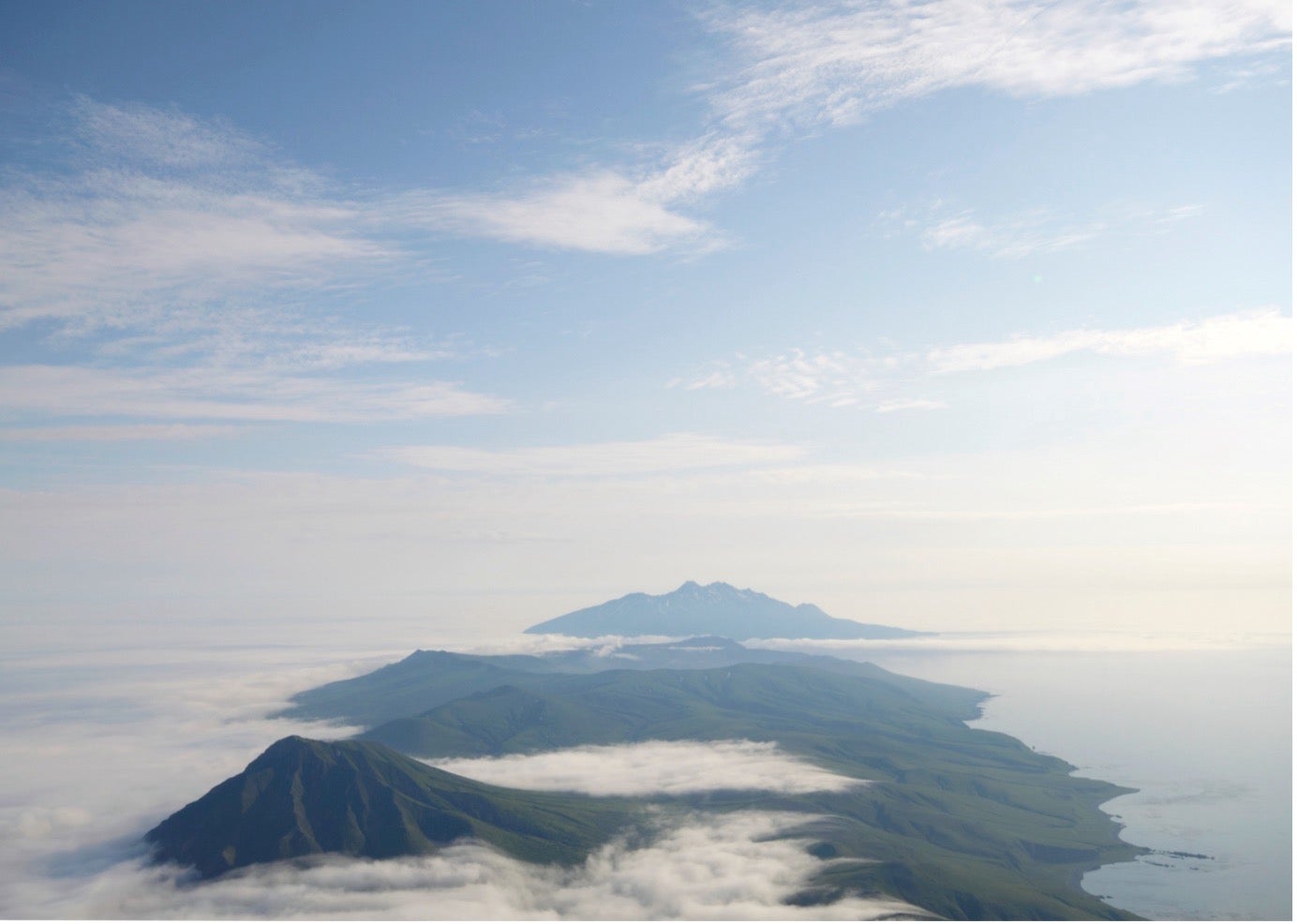Scientists have solved the 200-year-old mystery of the location of a massive volcanic eruption that spewed such a large volume of gases that it blocked sunlight, making the sun appear blue.
The 1831 eruption released copious amounts of sunlight-reflecting sulphurous gases and caused a global cooling of about 1C that triggered crop failures and devastating famines worldwide.
Historical records point to gloomy weather during this period with people in many parts of the Northern Hemisphere documenting the sun’s strange appearance in different colours, including blue, purple and green.
This effect was caused by the scattering and absorption of solar radiation in the dense volcanic aerosol plume.
While scientists have known that the major climate event reported during this period was caused by volcanic activity, the exact identity and location of the volcano remained a mystery – until now.
A new study published in the journal PNAS found the Zavaritskii volcano on the remote, uninhabited island of Simushir – now a disputed territory between Russia and Japan – was behind the massive eruption.
The island is now controlled by Russia as a strategic military outpost.
In the study, scientists from the University of St Andrews analysed ice core records from the 1831 event.
“The moment in the lab when we analysed the two ashes together, one from the volcano and one from the ice core, was a genuine eureka moment,” study co-author Will Hutchison said in a statement.

Researchers said they identified a “perfect fingerprint match” of the ash deposits in the ice core with the samples collected from the Zavaritskii volcano.
“We analysed the chemistry of the ice at a very high temporal resolution. This allowed us to pinpoint the precise timing of the eruption to spring-summer 1831, confirm that it was highly explosive, and then extract the tiny shards of ash,” Dr Hutchison said.
“Only in recent years have we developed the ability to extract microscopic ash shards from polar ice cores and conduct detailed chemical analyses. These shards are incredibly minute, roughly one-tenth the diameter of a human hair.”
The findings reveal the island’s location as a poorly studied yet extremely productive volcanic region.
They also highlight the need to identify the sources of more such mystery eruptions from the past.
Though the Zavaritskii volcano is remote, its eruption still had a significant global impact on climate with severe consequences for human populations, scientists noted.
“There are so many volcanoes like this, which highlights how difficult it will be to predict when or where the next large-magnitude eruption might occur,” Dr Hutchison said.
“As scientists and as a society, we need to consider how to coordinate an international response when the next large eruption, like the one in 1831, happens.”







